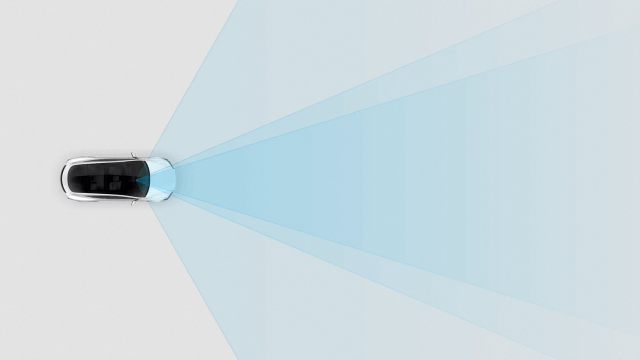We’ve been hearing for years that self-driving cars promise to make our roads a safer place. But, as our fully autonomous vehicle future gets closer to a reality, there’s one burning question we all have: does that mean we can drink and let our cars drive?
In 2021, Perth’s Curtin University surveyed 1,334 Australian adults of legal driving age and found that 49 per cent reported being likely to use an autonomous car after consuming alcohol, while 37 per cent reported being likely to consume more alcohol if using an autonomous car afterwards.
[related_content first=”1725230″]
Currently in Australia, BAC – blood alcohol concentration – rules are universal. Your BAC must be under 0.05 to get behind the wheel. If you’re on a learners or provisional licence, your BAC must be zero. If you’re supervising a learner, you must adhere to the 0.05 rule. While you (obviously) cannot legally drink alcohol while you’re behind the wheel, open booze in the car is also a no-no, even if someone else is driving.
But what about when something else is doing the driving?
No wonder you are looking for answers – info on this was hard to find. The National Transport Commission (NTC) is the organisation leading on the issue of self-driving cars in Australia.
Here’s what Aaron de Rozario, NTC Regulatory Reform Executive Leader had to say:
“Infrastructure and transport ministers have made a number of decisions on future reforms to accommodate the safe commercial deployment of automated vehicles.”
These, he told Gizmodo Australia, included decisions in May 2018 about the human users of automated vehicles.
Firstly, we need to understand there are three levels of automation in automated vehicles – conditional (level 3 automation), high (level 4) or dedicated (level 5).
Ministers have decided that:
-
Users must still comply with existing obligations like drug and alcohol obligations if using a vehicle with conditional (level 3) automation (i.e. a vehicle that could still require the user to take over the driving task).
-
Obligations on users of highly automated (level 4) vehicles (i.e. vehicles where the user could take over the driving task but are not required to given the vehicle can bring itself to a safe condition) are yet to be determined.
-
And finally, people in a dedicated automated (level 5) vehicle (i.e. a vehicle not designed for a human to drive, such as one without a steering wheel) should not be subject to drink- and drug-driving offences concerning starting a vehicle or being in charge of a vehicle. Essentially these people would just be passengers.
These decisions are yet to be incorporated into state and territory laws. The NTC, Commonwealth and state and territory governments are working towards delivering a regulatory framework for the commercial deployment of automated vehicles in 2026.
So the answer to your burning question is: with fully automated vehicles, humans will be considered passengers and therefore not subject to drink- and drug-driving offences. This is likely to be changed over time, especially as the technology is still legally dubious within Australia, but this is the current state of self-driving car understanding in Australia.
But until we get to that stage, you must be as sober as anyone driving a car.
